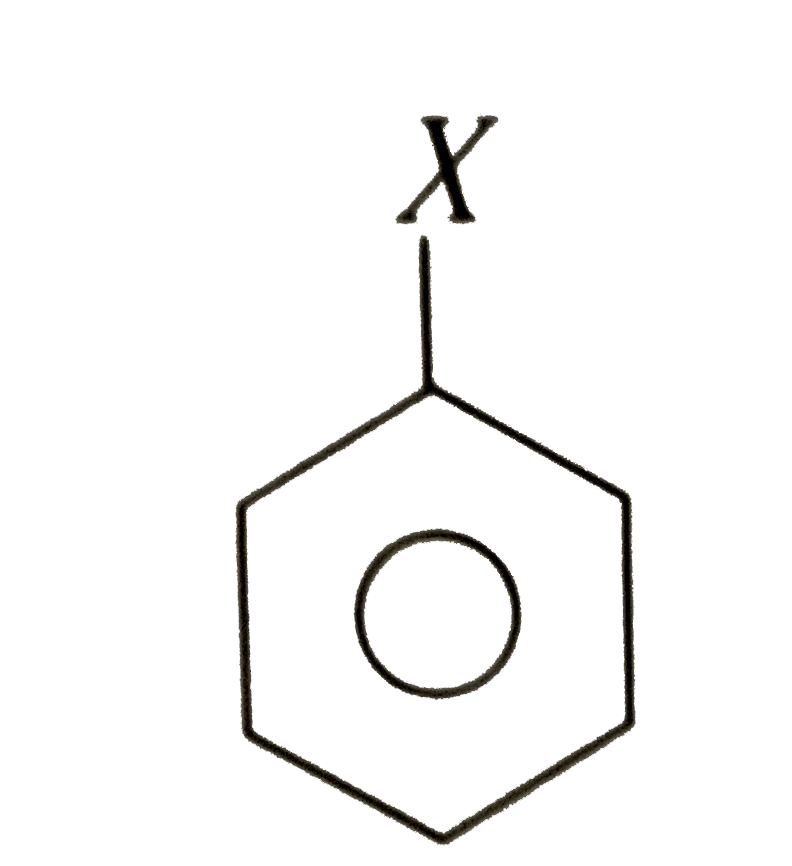The dipole moment of chlorobenzene is 1.73 D . The dipole moment of p-dichlorobenzene is expected to be
3.46 D
0.00D
1.73 D
1.00 D
The correct Answer is:B
To determine the dipole moment of p-dichlorobenzene based on the given dipole moment of chlorobenzene, we can follow these steps:
Step 1: Understand the structure of chlorobenzene
Chlorobenzene (C6H5Cl) has a chlorine atom attached to a benzene ring. The dipole moment of chlorobenzene is due to the electronegativity difference between carbon and chlorine, which creates a polar bond.
Hint: Remember that dipole moments are vector quantities and depend on both the magnitude and direction of the dipoles.
Step 2: Analyze the structure of p-dichlorobenzene
p-Dichlorobenzene (C6H4Cl2) has two chlorine atoms attached to the benzene ring at the para position (opposite sides). The dipole moments of the two C-Cl bonds will have the same magnitude but will be oriented in opposite directions.
Hint: Consider how the orientation of the dipoles affects the resultant dipole moment.
Step 3: Calculate the resultant dipole moment
Since the dipole moments of the two C-Cl bonds in p-dichlorobenzene are equal in magnitude (1.73 D) and opposite in direction, they will cancel each other out. Therefore, the resultant dipole moment of p-dichlorobenzene will be zero.
Hint: When two dipoles are equal in magnitude and opposite in direction, they cancel each other out.
Final Answer
The expected dipole moment of p-dichlorobenzene is 0 D.
Chlorobenzene (C6H5Cl) has a chlorine atom attached to a benzene ring. The dipole moment of chlorobenzene is due to the electronegativity difference between carbon and chlorine, which creates a polar bond.
p-Dichlorobenzene (C6H4Cl2) has two chlorine atoms attached to the benzene ring at the para position (opposite sides). The dipole moments of the two C-Cl bonds will have the same magnitude but will be oriented in opposite directions.
Since the dipole moments of the two C-Cl bonds in p-dichlorobenzene are equal in magnitude (1.73 D) and opposite in direction, they will cancel each other out. Therefore, the resultant dipole moment of p-dichlorobenzene will be zero.
The expected dipole moment of p-dichlorobenzene is 0 D.
Topper's Solved these Questions
- CHEMICAL BONDING BOOK - ERRORLESS CHAPTER - CHEMICAL BONDING EXERCISE - Ordinary thinking (Polarisation and Fajans rule )
29 Videos
- CHEMICAL BONDING BOOK - ERRORLESS CHAPTER - CHEMICAL BONDING EXERCISE - Ordinary thinking (Hybridisation )
133 Videos
- CHEMICAL BONDING BOOK - ERRORLESS CHAPTER - CHEMICAL BONDING EXERCISE - Ordinary thinking (Coordinate or dative bonding )
15 Videos
- CARBOXYLIC ACID AND THEIR DERIVATIVESBOOK - ERRORLESS CHAPTER - CARBOXYLIC ACID AND THEIR DERIVATIVESEXERCISE - Jee Section (Matrix Match type Questions)
2 Videos
- CHEMICAL EQULIBRIUMBOOK - ERRORLESS CHAPTER - CHEMICAL EQULIBRIUMEXERCISE - JS JEE SECTION (ONLY ONE CHOICE ANSWER (Matrix)
1 Videos
Similar Questions
Knowledge Check
The dipole moment of chlorobenzene is 1.6Dm The expected dipole moment of meta-dichlorobenzene is:
A1.6DB3.2DC1.6√2DD0.0DDipole moment of
 is 1.5D. The dipole moment of
is 1.5D. The dipole moment of
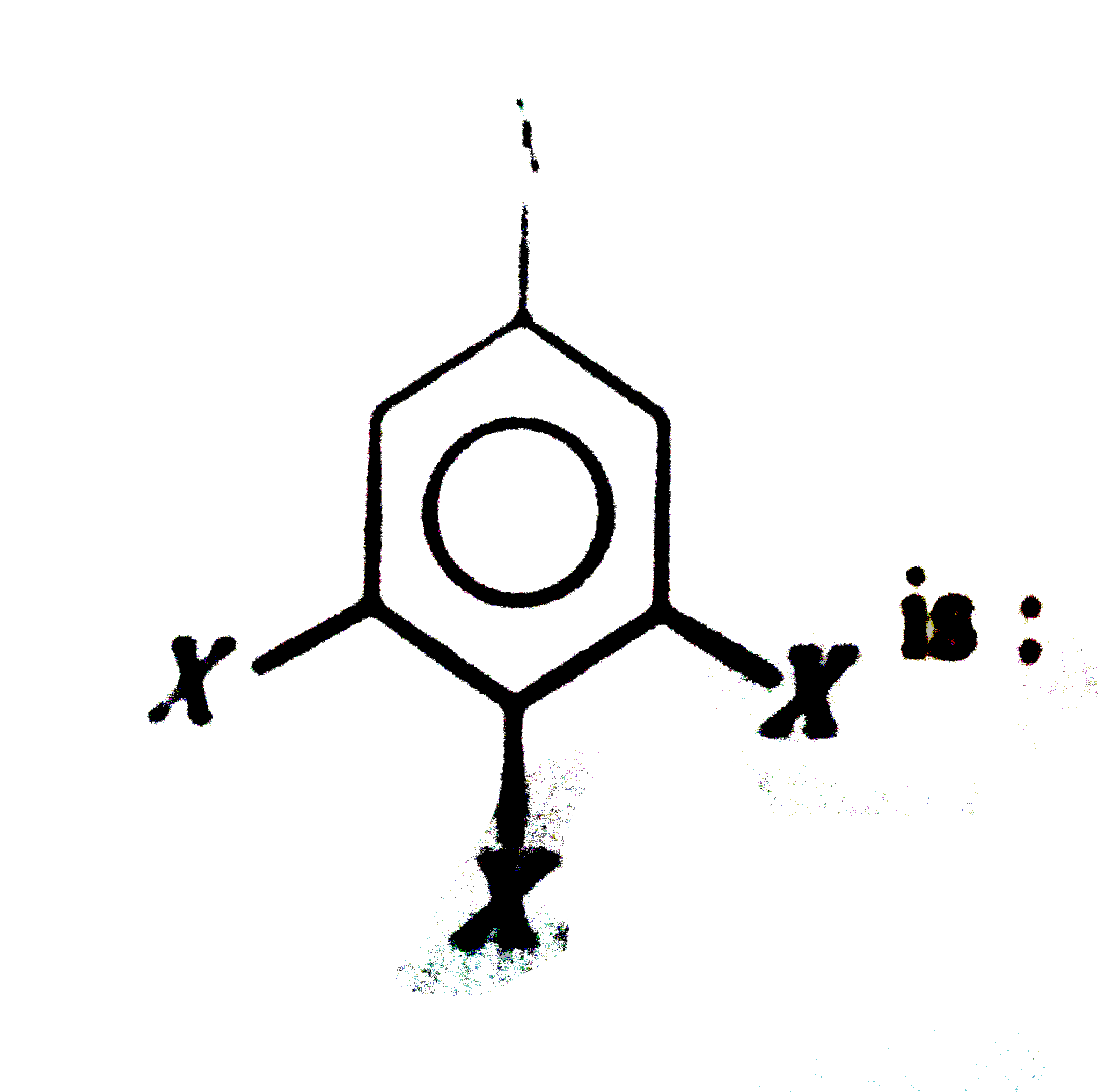 A1DB1.5DC2.25DD3D
A1DB1.5DC2.25DD3DThe dipole moment of o, p and m-dichlorobenzene will be in the order :
Ao>p>mBp>o>pCm>o>pDo>m>p
The dipole moment of
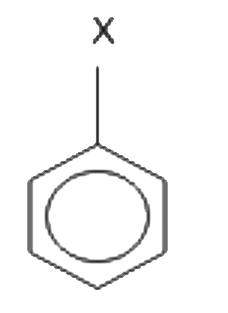 is 1.5 D.
is 1.5 D.
The dipole Moment of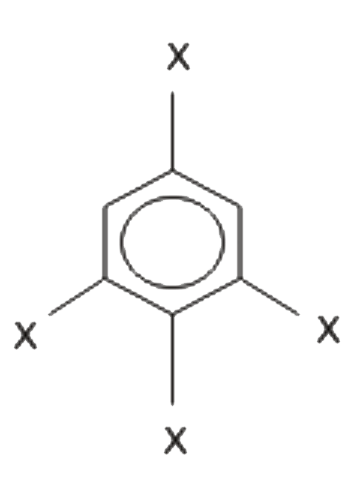 in Debye
in Debye
View SolutionDipole moment of o-dichlorobenzene is less/more than that of m-dichlorobenzene.
View SolutionThe dipole moment of o, p and m-dichlorobenzene will be in the order :
View SolutionDipole momentof
 is 1.5 D. The dipole moment of
is 1.5 D. The dipole moment of
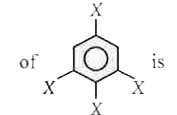 is
is
View SolutionThe dipole moment of o, p and m-dichlorobenzene will be in the order
View Solution

